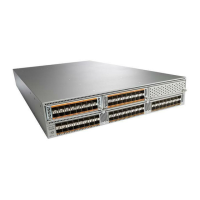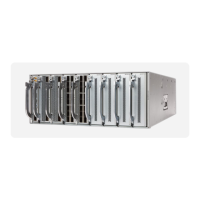CHAPTER 5
Using Cisco Fabric Services
This chapter contains the following sections:
•
Information About CFS, page 37
•
Guidelines and Limitations for CFS, page 38
•
CFS Distribution, page 39
•
CFS Support for Applications, page 40
•
CFS Regions, page 44
•
Configuring CFS over IP, page 47
•
Default Settings for CFS, page 49
Information About CFS
Some features in the Cisco Nexus Series switch require configuration synchronization with other switches in
the network to function correctly. Synchronization through manual configuration at each switch in the network
can be a tedious and error-prone process.
Cisco Fabric Services (CFS) provides a common infrastructure for automatic configuration synchronization
in the network. It provides the transport function and a set of common services to the features. CFS has the
ability to discover CFS-capable switches in the network and to discover feature capabilities in all CFS-capable
switches.
Cisco Nexus Series switches support CFS message distribution over IPv4 networks.
CFS provides the following features:
•
Peer-to-peer protocol with no client-server relationship at the CFS layer.
•
CFS message distribution over IPv4 and IPv6 networks.
•
Three modes of distribution.
◦
Coordinated distributions: Only one distribution is allowed in the network at any given time.
◦
Uncoordinated distributions: Multiple parallel distributions are allowed in the network except when
a coordinated distribution is in progress.
Cisco Nexus 5600 Series NX-OS System Management Configuration Guide, Release 7.x
OL-31641-01 37

